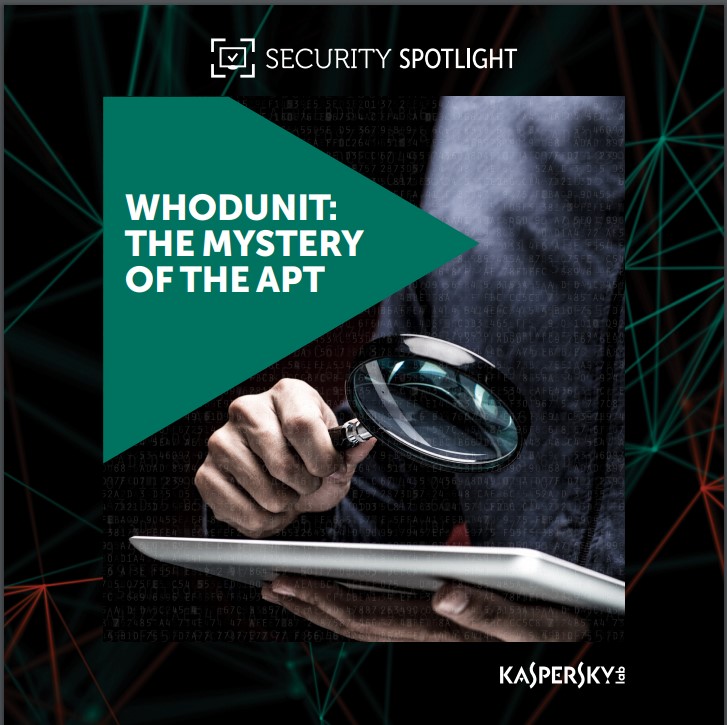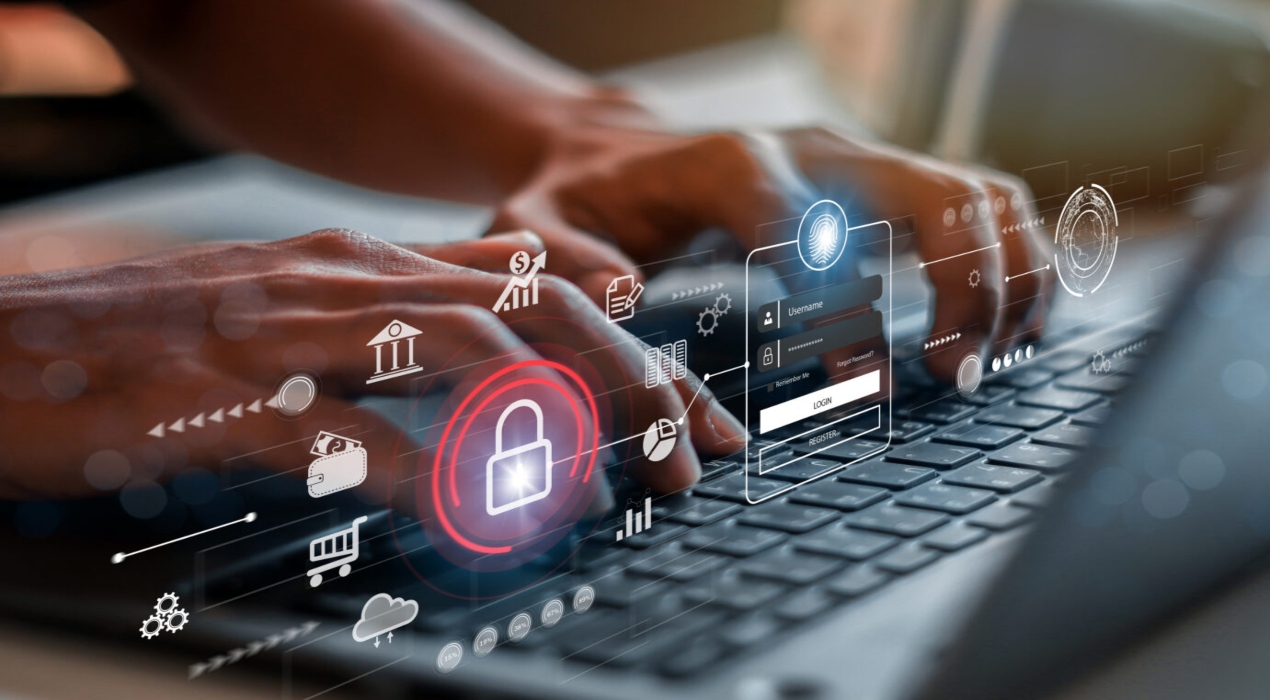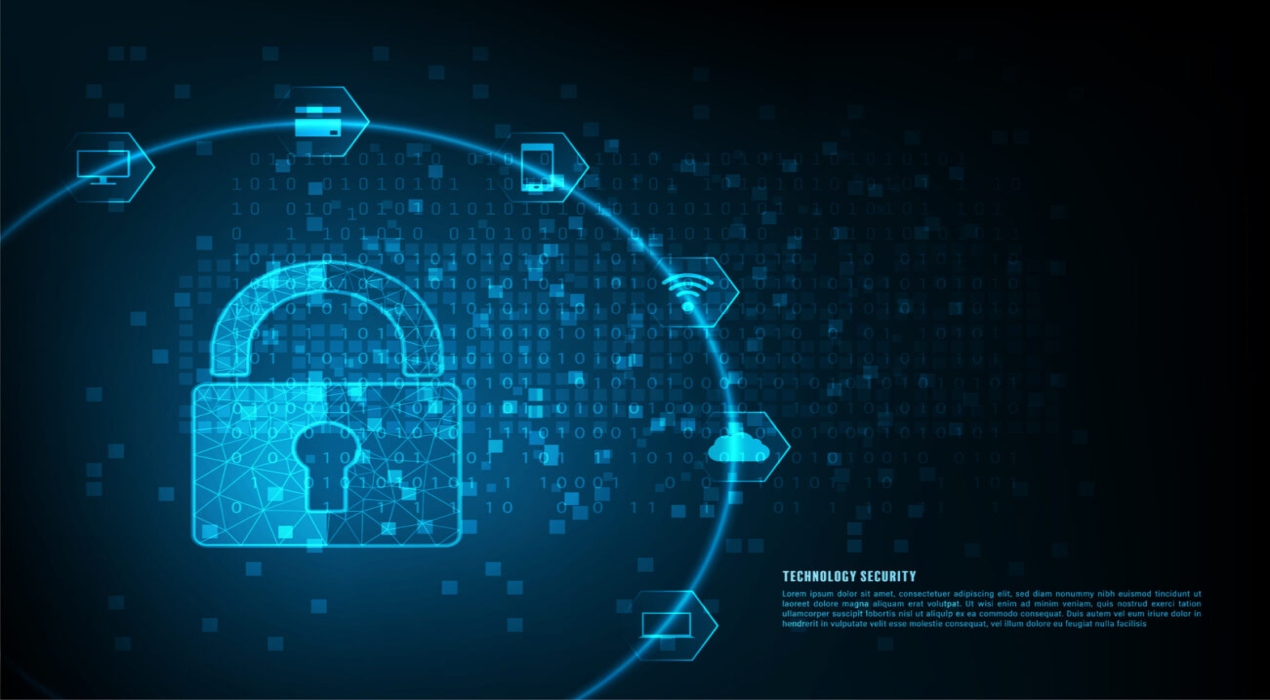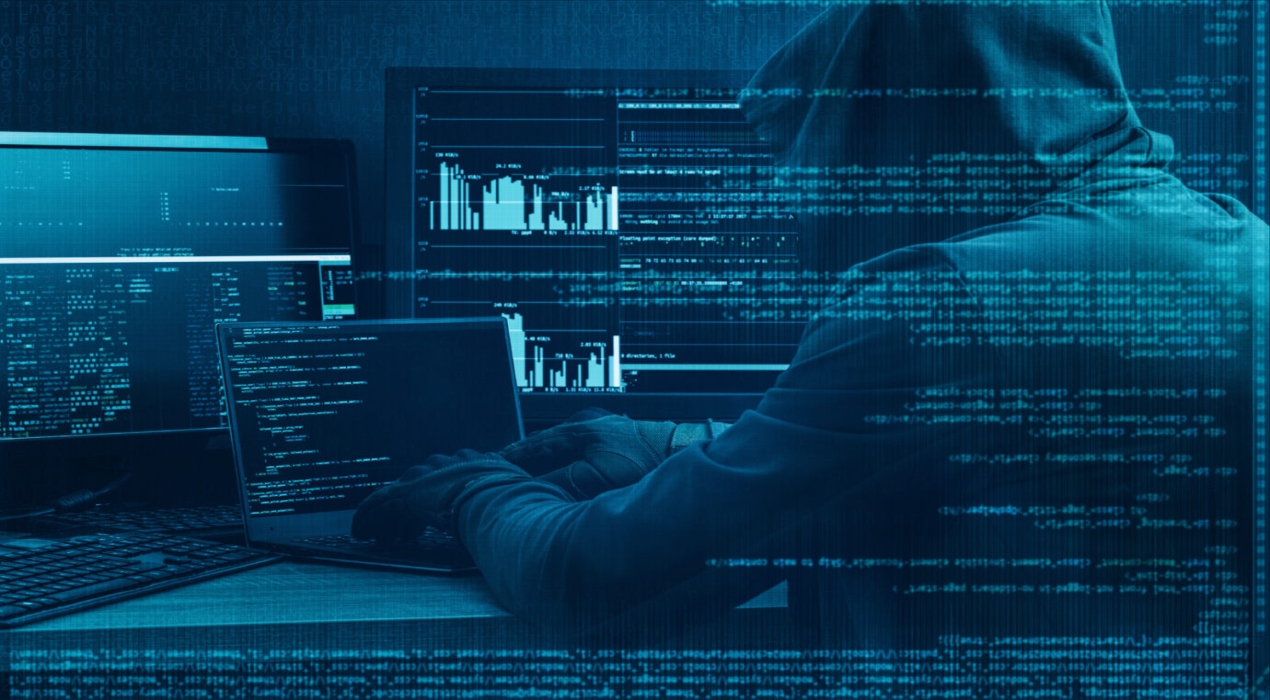
Cybercriminals can be certain about a few things.
- Most companies store their important data on their networks. Patents, innovative designs, customer information, and confidential data — it’s all there.
- Intellectual property is highly valuable, making it the number one thing cybercriminals target.
- Many companies don’t understand the latest security practices and don’t install the latest patches on their security products, leaving an open door for cybercriminals to steal what matters most.
- You don’t have to be a large government agency or an energy company to be an attractive target. Every company, no matter how small, has sensitive data that can be stolen and re-sold.
- This is a growing and lucrative market.


















